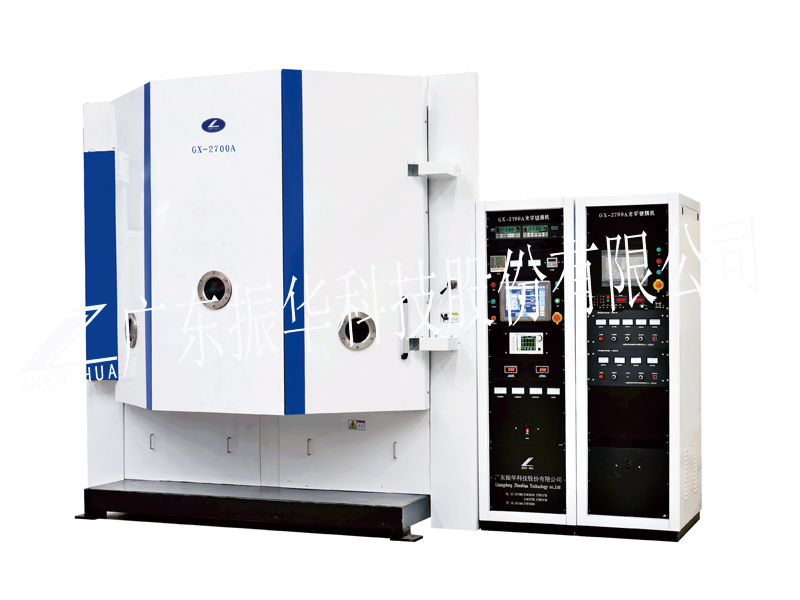At present, the industry is developing optical coatings for applications such as digital cameras, bar code scanners, fiber optic sensors and communication networks, and biometric security systems. As the market grows in favor of low-cost, high-performance plastic optical components, some new coating technologies have emerged to meet the needs of new applications.
Compared to glass optics, plastic optics are 2 to 5 times lighter, making them more suitable for applications such as night vision helmets, field portable imaging applications, and reusable or disposable medical devices (e.g., laparoscopes). In addition, plastic optics can be molded to the installation needs, thus significantly reducing the number of assembly steps and lowering manufacturing costs.

Plastic optics can be used in most visible light applications. For other near-UV and near-IR applications, common materials such as acrylic (excellent transparency), polycarbonate (best impact strength) and cyclic olefins (high heat resistance and durability, low water absorption) have a transmission wavelength range of 380 to 100 nm). Coating is added to the surface of plastic optical components to enhance their transmission or reflection performance and increase durability. Thick coatings (typically about 1 μm thick or thicker) primarily work as protective layers, but also improve adhesion and firmness for subsequent thin-layer coatings. Thin-layer coatings include silicon dioxide (SiO2), tantalum oxide, titanium oxide, aluminum oxide, niobium oxide, and hafnium oxides (SiO2, Ta2O5, TiO2, Al2O3, Nb3O5, and HfO2); typical metallic mirror coatings are aluminum (Al), silver (Ag), and gold (Au). Fluoride or nitride is rarely used for coating, because to obtain good coating quality, higher heat is required, which is not compatible with the low heat deposition conditions required for coating plastic components.
When weight, cost and ease of assembly are the primary considerations for using an optical components, plastic optical components are often the best choice.
Customized reflective optics for a specialized scanner, consisting of an array of spherical and non-spherical components ( coated Aluminum and uncoated).
Another common application area for coated plastic optical components is eyewear. Now anti-reflective (AR) coatings on eyeglass lenses are very common, with more than 95% of all eyeglasses using plastic lenses.
Another application field for plastic optical components is flight hardware. For example, in a heads-up display (HUD) application, the weight of the component is an important consideration. Plastic optical components are ideal for HUD applications. Like many other complex optical systems, antireflective coatings are required in HUDs to avoid scattered light caused by stray emissions. Although highly reflective metallic and multi-layer oxide enhancement films can also be coated, the industry need to continuously develop new technologies to support plastic optical components into more emerging applications.
Post time: Nov-07-2022

